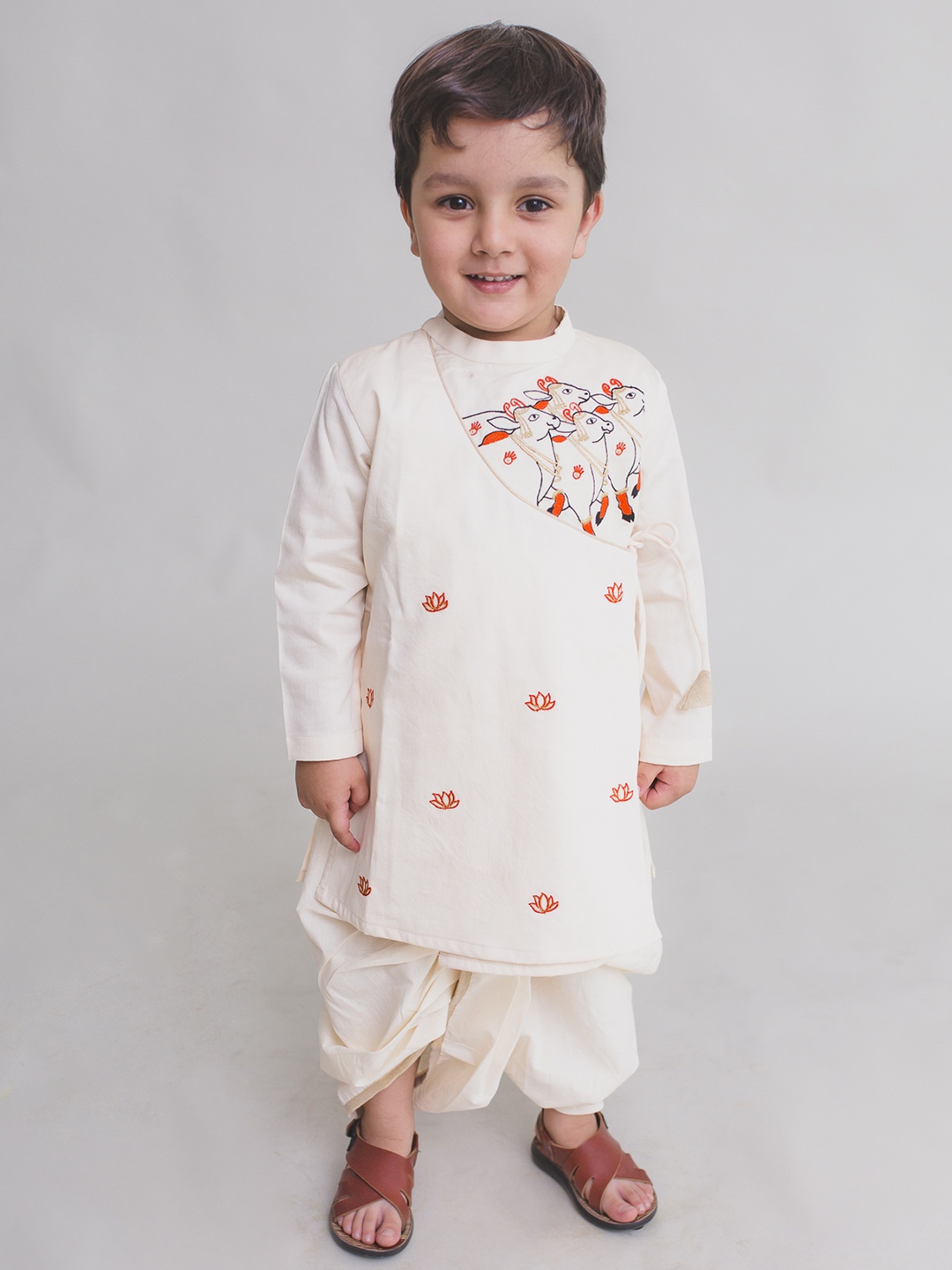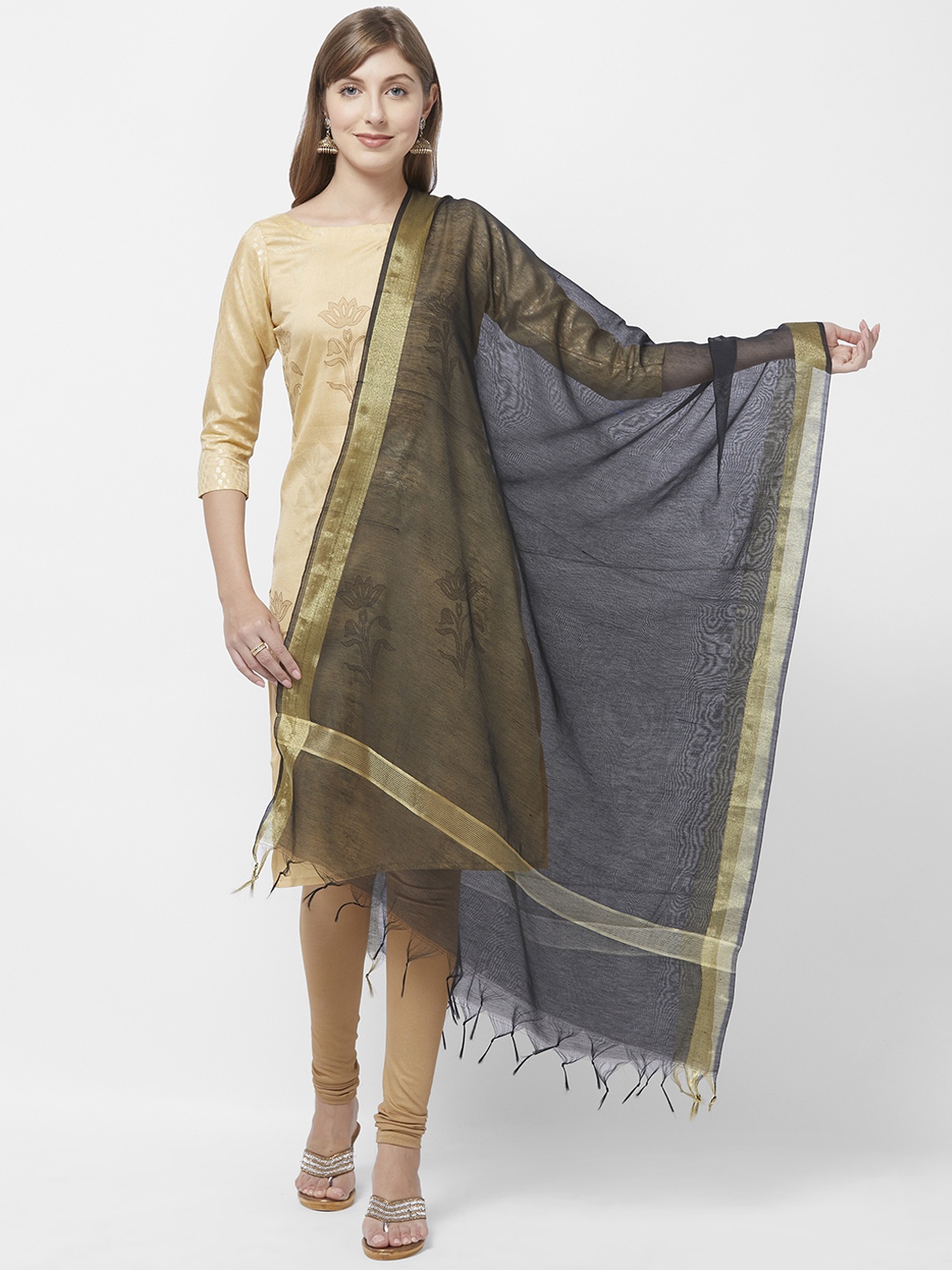How To Care For Sarees Post-Festival: 10 Easy Tips to Preserve Silk, Zari And Embroidery
Festivals leave behind a pile of sarees waiting for care. Between sweets, oil lamps, mehendi smudges and endless hugs, these delicate drapes collect more than compliments. Here are the top practical tips to keep sarees looking vibrant and graceful.

10 Post-Festival Saree Care Tips: Preserving Delicate Embroidery And Colour For Years.
Every festival feels like a whirl of light, colour, and endless moments stitched together with love. The sparkle of diyas, the rustle of silk, and the gentle shimmer of zari remind us how sarees are more than just attire; they are memory keepers. Yet, once the celebrations fade, these graceful six yards demand a little extra attention. Sarees, especially those with intricate embroidery and rich hues, can lose their charm if tucked away carelessly.
Post-festival saree care isn't about fussing; it's about showing respect to fabric that has held traditions and witnessed celebrations for generations. Whether it's a grand Kanjeevaram, a delicate chiffon sprinkled with sequins, or a Banarasi glowing with zari, every saree deserves care that ensures it continues to shine for years.
Here is how to care for sarees post-festival with these 10 easy tips to preserve the beauty of silk, zari, and intricate embroidery for lasting elegance.

Here are 10 thoughtful, easy-to-follow tips that feel less like chores and more like a continuation of the festival's love; Photo Credit: Pexels
Practical Ways To Keep Your Sarees Festival-Ready for Years
1. Air Them Out Before Storage
The first instinct after a busy celebration is to fold sarees quickly and tuck them away. That's where the trouble begins. Fabrics, especially silks, need to breathe. After wearing a saree, hang it on a padded hanger in a well-ventilated room for a few hours. This allows the fabric to relax, release trapped body heat, and shed any lingering smells of food or smoke from crackers.
Avoid leaving sarees under direct sunlight, as strong rays can fade vibrant colours. A shaded spot with a mild breeze works wonders. Think of it like giving your saree a gentle exhale before it rests again. This simple ritual reduces the risk of mildew, musty smells, and stubborn wrinkles. A saree aired properly feels fresher and softer the next time it's draped.
2. Spot Clean Gently
Festivals bring sweets, oily snacks, and the occasional drop of haldi or chutney on the pallu. Instead of rushing to scrub the stain with detergent, pause. Blot the affected area gently with a clean, damp cloth. Harsh rubbing can damage delicate embroidery threads or spread the stain further.
For grease spots, a sprinkling of talcum powder or cornflour can soak up the excess oil. Leave it for a few hours, then brush it off softly. For food stains, cold water works best, never hot, as it sets the stain. If the stain looks stubborn, it's better to consult a trusted dry cleaner than risk a home experiment. Remember, sarees are like relationships: a gentle approach keeps them intact longer.
Also Read: Koskii Festive Collection At Myntra Big Fashion Festival: Sarees And Suits At 40% Off
3. Dry Clean Selectively, Not Regularly
Many believe every saree must go to the dry cleaner after being worn once. That's an expensive myth. Frequent dry cleaning can weaken fibres, strip natural oils in silk, and dull embroidery. Instead, reserve dry cleaning for sarees with noticeable stains, sweat patches, or heavy zari work that attracts dust.
For lightly worn sarees, a simple airing and careful folding suffice. A well-chosen dry cleaner also matters. Always opt for one experienced in handling handloom or embroidered fabrics. Hand over instructions clearly, like avoiding harsh starch or excessive ironing. Selective care ensures longevity and saves money, which could happily be spent on the next festive outfit.
4. Use Muslin or Cotton Covers
Polyester or plastic covers might look protective, but they suffocate the fabric. Natural fibres like silk and cotton need breathable layers. Wrapping sarees in muslin cloth or unbleached cotton allows air circulation while shielding them from dust and insects. These covers also prevent zari or sequins from catching on other sarees.
For a little extra love, tuck in a dried neem leaf or two inside the folds. Neem is a natural insect repellent and leaves behind a mild, earthy scent that feels grounding. Avoid naphthalene balls, they leave a pungent smell that clings to the fabric and your skin when worn. Muslin covers are like cosy blankets that protect without smothering.

10 Post-Festival Saree Care Tips To Preserve Delicate Embroidery; Photo Credit: Pexels
5. Refold Every Few Months
Sarees left in the same fold for years can develop permanent creases, especially along zari borders. To prevent this, unfold and refold them every three to four months. Change the direction of the folds so that no part of the fabric bears the same pressure repeatedly.
This small act keeps fibres flexible and embroidery threads from weakening. It's also a lovely excuse to spend an afternoon revisiting your collection. There's a quiet joy in touching each drape, remembering the occasions they've graced, and rediscovering forgotten treasures at the back of the cupboard. Consider it a walk down memory lane while doing something practical.
6. Handle Embroidery With Care
Sarees with intricate hand embroidery, sequins, or zari demand extra gentleness. These embellishments are often stitched with delicate threads that can snag or break if handled roughly. Always fold embroidered sections inward so they don't rub against other fabrics. If two heavily worked sarees need to be stored together, slip a soft cotton cloth between them as a buffer.
When ironing, avoid pressing directly on embroidery. Instead, place a thin cotton sheet over the saree and use the lowest heat setting suitable for the fabric. Steam ironing works best, but ensure the iron never lingers too long on one spot. A little mindfulness goes a long way in preserving the shimmer of embroidery that took countless hours to craft.
7. Store in a Cool, Dry Place
Cupboards tucked against damp walls are a saree's worst enemy. Moisture invites mildew, leaving unsightly patches that are nearly impossible to erase. Always store sarees in a cool, dry space away from direct sunlight. If humidity is a concern, silica gel sachets or camphor wrapped in cloth can absorb excess moisture.
A wooden or metal almirah works best. Avoid plastic containers, as they trap humidity. The goal is to create a resting environment where the saree feels safe and untroubled. After all, a fabric woven with so much effort deserves storage that feels like a sanctuary, not a suffocating box.

10 Post-Festival Saree Care Tips To Preserve Delicate Embroidery; Photo Credit: Pexels
8. Iron With Patience
After a festival, sarees often bear fold lines, slight wrinkles, or puffed-up pleats. While the urge to press them quickly and stack them away is strong, hasty ironing can scar fabrics permanently. Always adjust the iron's heat according to the saree type, low for georgette, medium for cotton, and just warm enough for silk.
For zari borders, never let the iron touch directly. Place a cotton cloth over it, or better yet, iron on the reverse side. Steam irons are safer, but use them sparingly to avoid water droplets that may stain. Ironing sarees is almost like meditation, slow, careful strokes bring out their natural flow and sheen. Rushed ironing, on the other hand, leaves behind regrets.
9. Rotate Sarees in Your Wardrobe
It's easy to develop favourites and keep returning to them every festival. However, repeated wear and wash cycles take a toll. Rotating sarees ensures that each one gets its time to shine while others rest. It also helps in preserving the embroidery and colour of frequently worn pieces.
Festivals come year after year, and with a little planning, each saree can enjoy the spotlight without being overworked. Think of it as giving equal opportunity to every drape in your collection. Besides, changing it up often draws fresh compliments and keeps the festive mood lively.
10. Pass Down With Stories
Sarees often outlive trends and, sometimes, even their first owners. When cared for well, they become heirlooms. Passing them down isn't just about handing over fabric; it's about gifting memories. Share the stories behind each saree, the shop where it was bought, the first festival it adorned, or the compliments it gathered.
To prepare a saree for passing on, ensure it's freshly cleaned, neatly folded in muslin, and stored with a note or photograph. These little touches transform fabric into family treasure. A saree wrapped in memory is cherished far more than one wrapped in tissue. And the next generation continues the care, weaving new stories into old folds.
Products Related To This Article
1. Satrani Woven Design Zari Banarasi Saree
2. Sangria Ethnic Motifs Printed Saree With Unstitched Blouse Piece
3. Meena Bazaar Woven Design Zari Saree With Blouse Piece
4. Kalista Women Embellished Beads and Stones Pure Chiffon Saree With Blouse Piece
5. Saree Mall Floral Embroidered Sequinned Sarees
Festivals are fleeting, but sarees can last lifetimes when treated with care. Beyond the rituals of airing, folding, and storing lies a deeper sentiment: respect for craftsmanship, for fabric that carries culture, and for moments stitched into its very weave. Each of these tips is more about nurturing than maintenance.
A saree cared for lovingly continues to drape not just a body but also memory, tradition, and pride. So after the lamps are extinguished and the sweets are finished, take a little time to tend to those six yards of grace. Long after festivals fade, a well-preserved saree will keep the glow alive.
Disclaimer: The images used in this article are for illustration purposes only. They may not be an exact representation of the products, categories, and brands listed in this article.

























